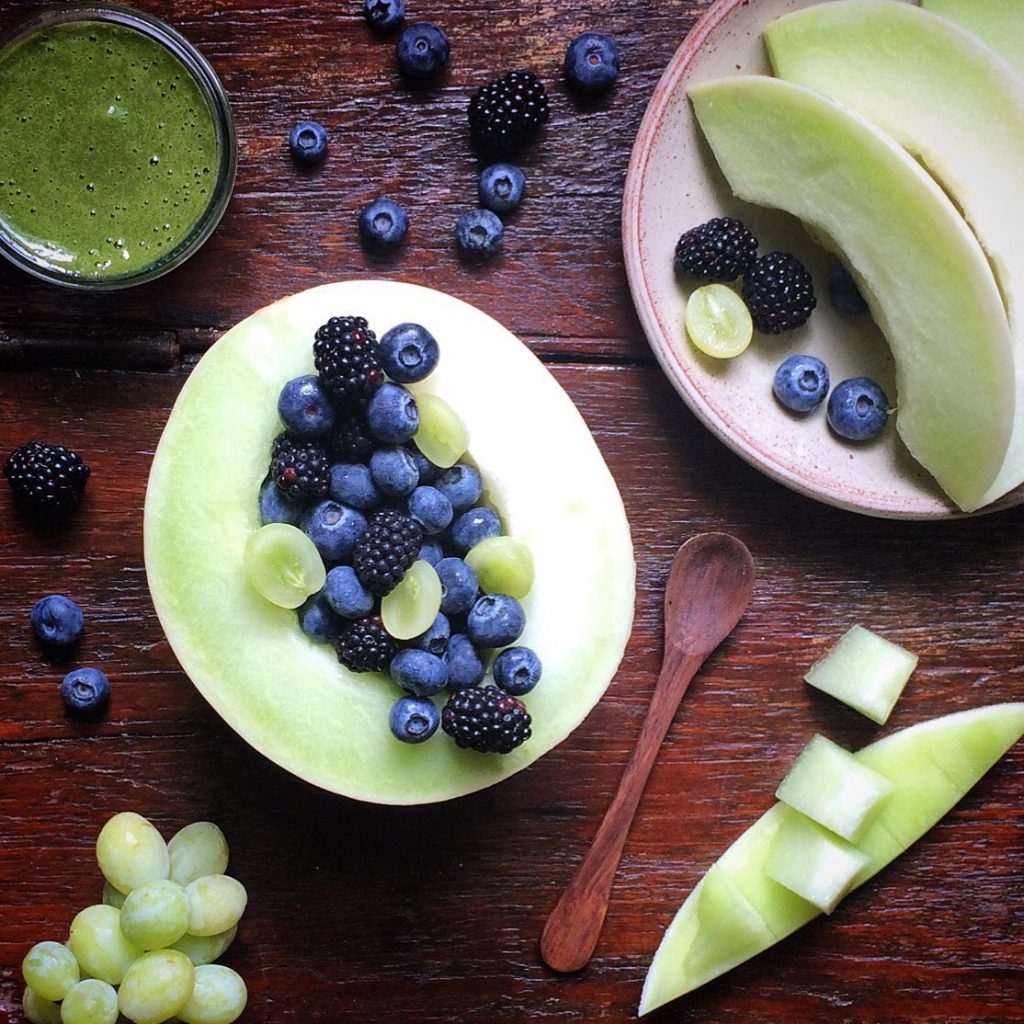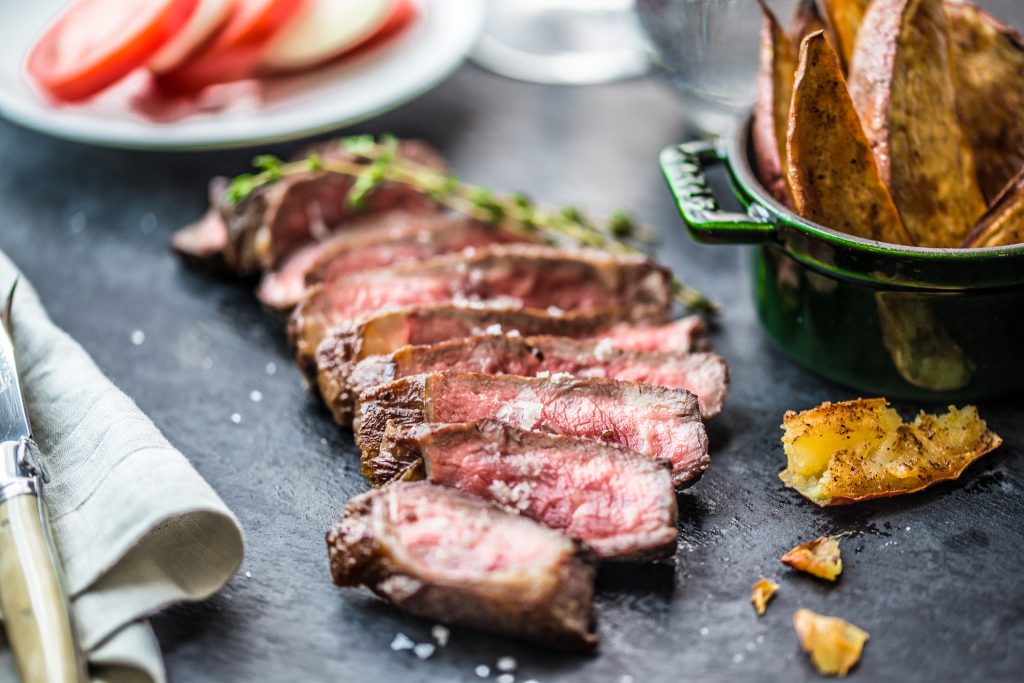In the quest for a health and fitness, many turn to various weight loss diets to shed excess weight and improve overall health. It’s one of the hottest topics we get asked about: “What do you think about this new diet?” With a myriad of diets promising not only successful weight loss but also numerous other health benefits, it’s critical to navigate these options with caution.
Our stance on diets and nutrition is that it’s highly individualized and it’s best figured out with the one-on-one help of a nutritionist or registered dietician, however, you can’t go wrong with a well-rounded approach. For more on our take nutrition, check out our piece on the 6 steps to starting a new diet that works for you.
As far as our assessment of what’s out there right now, there’s a lot to review, but these are the most popular ones:
Related: Intuitive eating for lean muscle isn’t as easy as it sounds
The Ketogenic Diet (Keto Diet)
The ketogenic diet, or keto diet, significantly reduces carbohydrate intake to favor fats, pushing the body into a state of ketosis for fat burning. While it’s touted for its ability to aid in steady weight loss and lower blood sugar levels, the diet’s long-term sustainability and potential health risks, such as the loss of muscle mass, need careful consideration. It’s a very low-calorie diet that, despite its popularity for weight loss efforts, may require supplementation to meet nutrient needs.
Example Keto Diet Meal:
Breakfast: Avocado and spinach omelet cooked in coconut oil, with a side of crispy bacon.
Why It Fits: This meal is high in healthy fats and low in carbs, perfect for maintaining ketosis.
The Vegan Diet

The vegan diet excludes all animal products, focusing instead on plant-based foods. It’s recognized for its environmental sustainability and health benefits, including lower blood pressure and reduced heart disease risk. However, adherents must plan carefully to consume sufficient vitamins B12 and D, iron, omega-3 fatty acids, and protein from nutrient-dense foods to maintain a healthy weight and overall well-being.
Example Vegan Diet Meal:
Lunch: Quinoa salad with black beans, cherry tomatoes, cucumber, avocado, and a lemon-tahini dressing.
Why It Fits: It’s plant-based, rich in proteins from quinoa and black beans, and includes healthy fats from avocado and tahini.
The Mediterranean Diet
Celebrated for its heart health and brain health benefits, the Mediterranean diet emphasizes fruits, vegetables, whole grains, olive oil, and lean protein sources like fish. It’s a prime example of a balanced diet that supports sustainable weight loss and overall health, aligning with the principles of the Mediterranean and DASH diets. This diet underscores the importance of healthy fats, such as those from olive oil and nuts, in maintaining weight loss and reducing the risk of chronic diseases.
Related: 5 muscle-building seafood recipes
Note on the DASH diet: The DASH diet, short for Dietary Approaches to Stop Hypertension, is a dietary plan designed to help prevent and control hypertension (high blood pressure). It emphasizes the consumption of fruits, vegetables, whole grains, lean protein sources, and low-fat dairy products, while reducing the intake of sodium, red meat, sweets, and sugary beverages. The DASH diet promotes a balanced approach to eating, focusing on nutrient-rich foods that can support heart health. By encouraging a diet high in potassium, calcium, and magnesium, and low in saturated fats and cholesterol, the DASH diet aims to lower blood pressure, improve lipid profiles, and reduce the risk of heart disease.
Example Mediterranean Diet Meal:
Dinner: Grilled salmon with a side of mixed roasted vegetables (zucchini, bell peppers, and eggplant) drizzled with olive oil and a serving of whole-grain couscous.
Why It Fits: Emphasizes heart-healthy fats from salmon and olive oil, alongside a variety of vegetables and whole grains.
The Paleo Diet
The Paleo Diet advocates for a return to the eating habits of early humans, emphasizing whole foods such as lean meats, fish, fruits, vegetables, nuts, and seeds, while excluding processed foods, grains, legumes, and dairy products. Advocates of the Paleo Diet emphasize its potential for leading to weight loss, improved energy levels, and enhanced overall health by mimicking the eating habits of our ancestors. They argue that a diet focused on whole foods and devoid of processed foods and modern agricultural products can reduce the risk of chronic diseases, improve metabolic health, and support a healthier gut microbiome.
Example Paleo Diet Meal:
Breakfast: Almond flour pancakes topped with fresh berries and a dollop of coconut cream.
Why It Fits: Made with ingredients that could have been hunted or gathered, excluding grains and dairy.
Intermittent Fasting
Intermittent fasting alternates between periods of eating and fasting, focusing more on when you eat than what you eat. It has been linked to various health benefits, including improved metabolic health, physical activity efficiency, and steady weight loss. However, it’s critical to ensure that food intake during eating windows is rich in nutritious foods to avoid adverse effects on body weight and overall health.
Example of Intermittent Meal Schedule:
Meal for Eating Window: In intermittent fasting, a common eating pattern is the 16/8 method, where individuals fast for 16 hours and limit their food intake to an 8-hour window each day. For example, one might eat between 12:00 PM and 8:00 PM, then fast from 8:00 PM until 12:00 PM the following day, effectively skipping breakfast but allowing for lunch, an afternoon snack, and dinner within the eating window.
Lunch or Dinner: Grilled chicken breast with steamed broccoli and sweet potato mash.
Why It Fits: Nutrient-dense and balanced, suitable for a filling meal that fits within the eating window without overloading on calories.
The All-Meat Diet

The all-meat or carnivore diet advocates consuming solely animal products. Proponents claim benefits such as reduced inflammation and weight loss, attributing them to a diet free from processed foods and high in lean meats and healthy fats. Yet, nutrition experts caution against potential nutrient deficiencies and increased risk of diseases from high saturated fat intake, emphasizing the need for a more balanced approach to eating.
Example All-Meat Diet Meal:
Dinner: Ribeye steak cooked in butter with a side of bone marrow broth.
Why It Fits: Exclusively animal products, focusing on high-fat cuts and nutrient-rich bone marrow for energy and health benefits.
Fad Diets and Sustainable Weight Loss
The landscape of weight loss diets is often muddied by fad diets promising quick fixes and miraculous results. Effective and healthy weight loss, however, is best achieved through diets that promote balanced eating habits, moderate caloric intake, and the inclusion of all food groups. Diets like the DASH diet offer frameworks for healthy eating plans that encourage eating unprocessed foods, lean protein, low-fat dairy products, and plenty of fruits and vegetables, steering clear of unhealthy foods.
Finding the Right Diet For You
Navigating the world of weight loss diets reveals a spectrum of options, from highly restrictive plans like the keto diet to more balanced approaches such as the Mediterranean diet. Successful weight loss and maintaining weight loss hinge on adopting healthy habits, including regular physical activity and mindful food choices. Consulting with a dietitian or nutritionist can tailor a diet plan to individual health needs, food preferences, and lifestyle factors, ensuring a sustainable path to a healthier life.
When considering a weight loss program, look beyond the promise of losing weight quickly. Sustainable health transformation is achieved through a diet rich in nutritious foods, balanced calorie intake, and an active lifestyle. The journey to weight loss and improved health is a personal one, requiring a diet plan that respects one’s unique body, needs, and goals.

